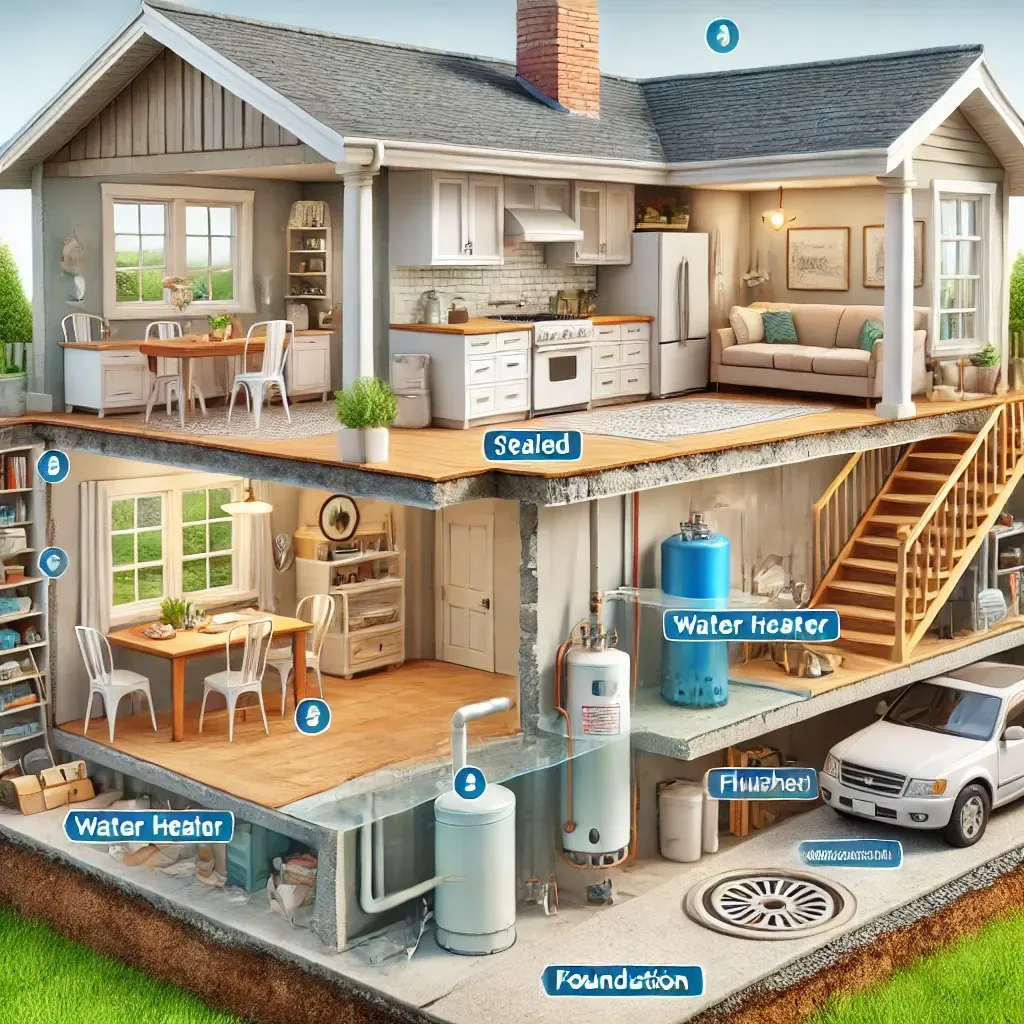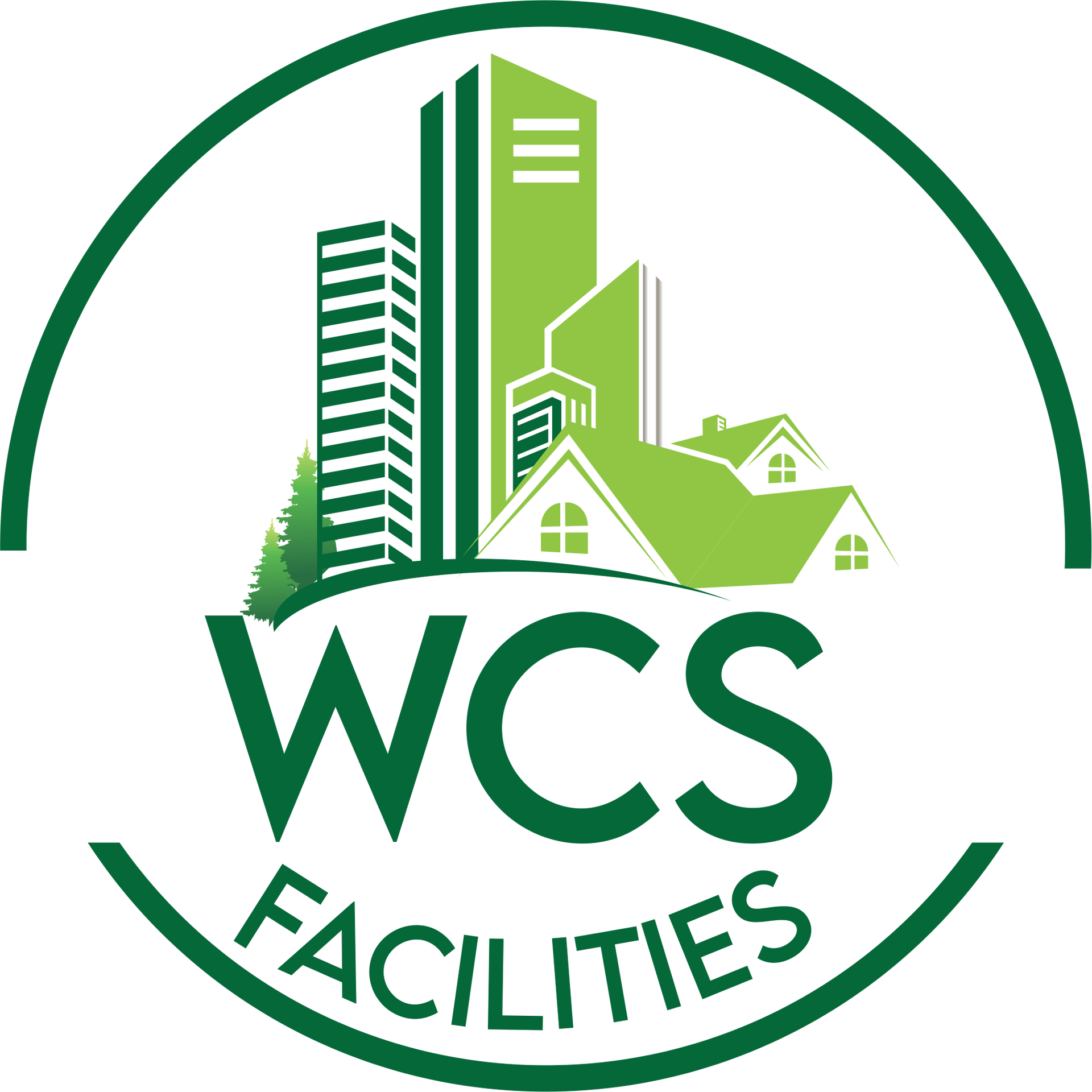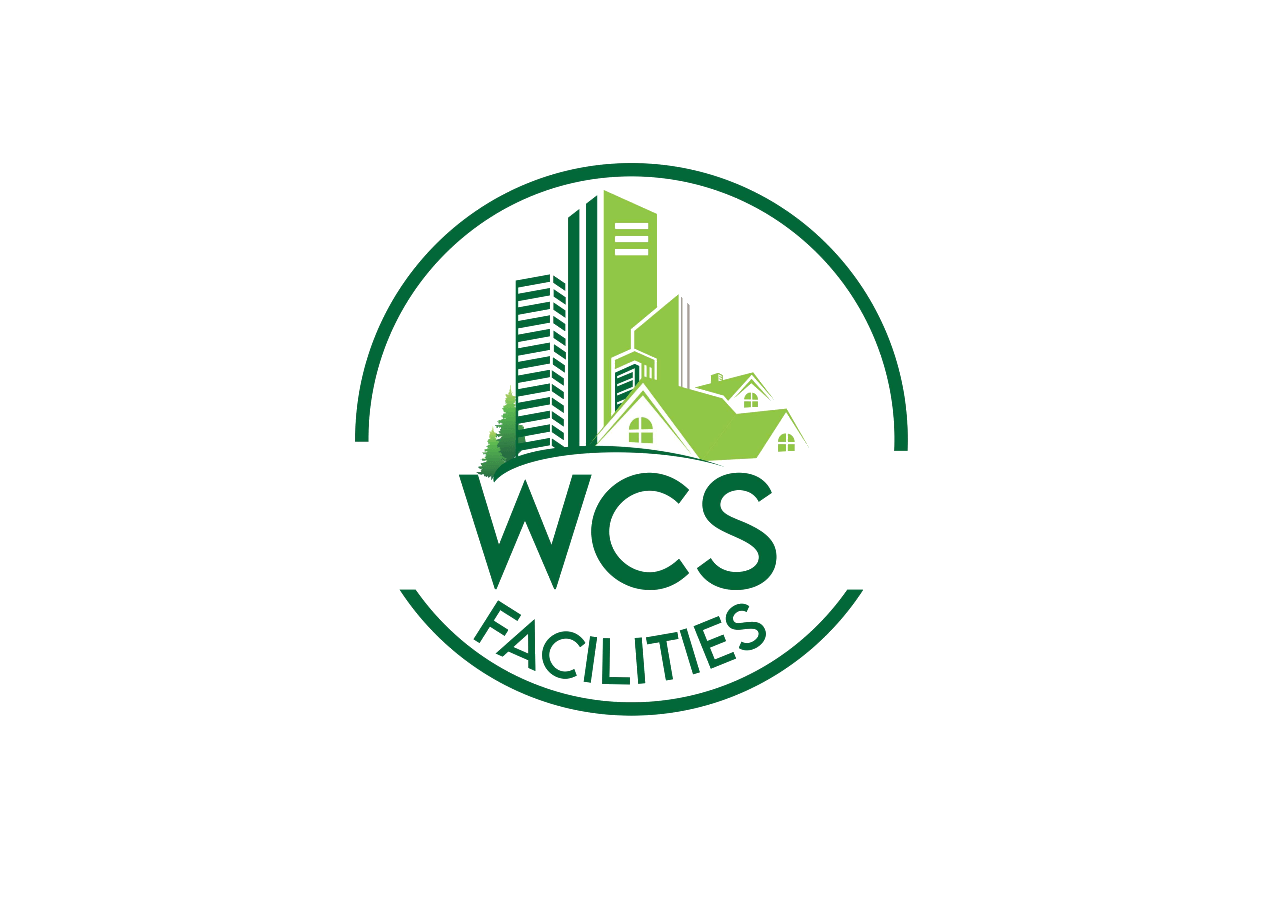Zero Waste Hero: Event Guide & Hacks
Have you ever looked out at a sea of plastic cups and overflowing trash cans after a big event and felt a pang of guilt? You're not alone. Traditional events can generate a staggering amount of waste, straining landfills and the environment. But what if you could host a fantastic event that minimizes waste and leaves a positive footprint? Welcome to the world of Zero-Waste Events!
What are Zero Waste Events?
Zero-waste events aim to divert a significant portion (ideally 90% or more) of waste generated from landfills through recycling, composting, and responsible sourcing.
Think of it as a win-win situation. You create a memorable experience for attendees while reducing your environmental impact. Zero-waste practices can save money and enhance your brand image, showing that you care about sustainability.
At
WCS Facilities Management, we're passionate about helping businesses achieve their sustainability goals. We understand that navigating the world of zero-waste events can seem daunting, so we've put together this comprehensive guide brimming with actionable tips and hacks. Let's dive in!
The Ultimate Guide to Planning a Zero-Waste Event
As a facilities management company specializing in commercial facilities, we play a crucial role in supporting zero-waste initiatives. We can:
- Help you choose venues with proper waste disposal and recycling infrastructure (think designated stations, clear signage!).
- Assisted staff with training on waste management procedures.
- Provide waste management expertise and support throughout the event planning process.

Pre-Event Planning: Setting the Stage for Success
Before the festivities begin, let's focus on minimizing waste from the get-go:
- Venue Selection: Partner with a venue that shares your commitment to sustainability. Many venues now offer zero-waste initiatives, like in-house composting programs or partnerships with local waste management companies. Look for venues with existing infrastructure for recycling and composting (think those handy bins with clear signage!).
- Digital is Key: Ditch the paper! Opt for electronic invitations and RSVPs. Consider using a user-friendly event registration platform to gather information and updates.
- Embrace Reusables: Encourage attendees to bring their reusable water bottles and utensils. Offer incentives like discounts or giveaways as a thank you for being eco-conscious.
Eco-Friendly Choices from the Start

Let's extend our zero-waste principles beyond the attendees:
- Biodegradable Decor: Ditch the plastic decorations! Choose beautiful, eco-friendly options like natural flowers, potted plants (that can be given away as gifts!), or reusable fabric backdrops.
- Partner with Eco-Conscious Vendors: Work with caterers who use minimal-waste packaging and offer compostable tableware. Look for vendors who source their ingredients responsibly, minimizing the environmental impact of your event.
Zero-Waste Event Day Operations
Now it's showtime! Here are some ways to ensure your event runs smoothly and minimizes waste:
We mentioned the power of facilities management earlier, and here's where it shines. Partner with a company like WCS Facilities Management for waste management expertise. We can help you set up clear signage and designated stations for different waste streams (compost, recycling, landfill) and ensure proper disposal.
Food and Beverage with a Focus on Waste Reduction
- Strategize portion control to avoid food waste.
- Opt for caterers who offer plant-based options or dishes with minimal food scraps.
- Consider offering smaller tasting portions instead of large buffet-style meals.
- Encourage attendees to take only what they need.
Post-Event Wrap-Up: Learning and Measuring Your Success
The party's over, but the learning doesn't stop!
- Track Your Waste: Measure the amount of waste generated at the event and categorize it by type (compost, recycling, landfill). This data is invaluable for future events.
- Share Your Success Story: Did your zero-waste efforts pay off? Celebrate your achievements! Share your story on social media and inspire others to adopt sustainable event practices.
You Can Be a Zero Waste Hero!
Planning a zero-waste event may seem challenging, but it's achievable with careful planning and a commitment to sustainability. Remember, even small changes can make a big difference.
Here at WCS Facilities Management, we're here to help you every step of the way. From venue selection to waste management expertise, we offer comprehensive waste management services to make your zero-waste event a reality.
Let's transform events into positive environmental experiences. Contact WCS Facilities Management today for a free consultation and discover how we can help you become a zero-waste hero! We'll work with you to create a customized plan that aligns with your event goals and budget, ensuring a memorable and sustainable event for everyone involved.
You might also like




